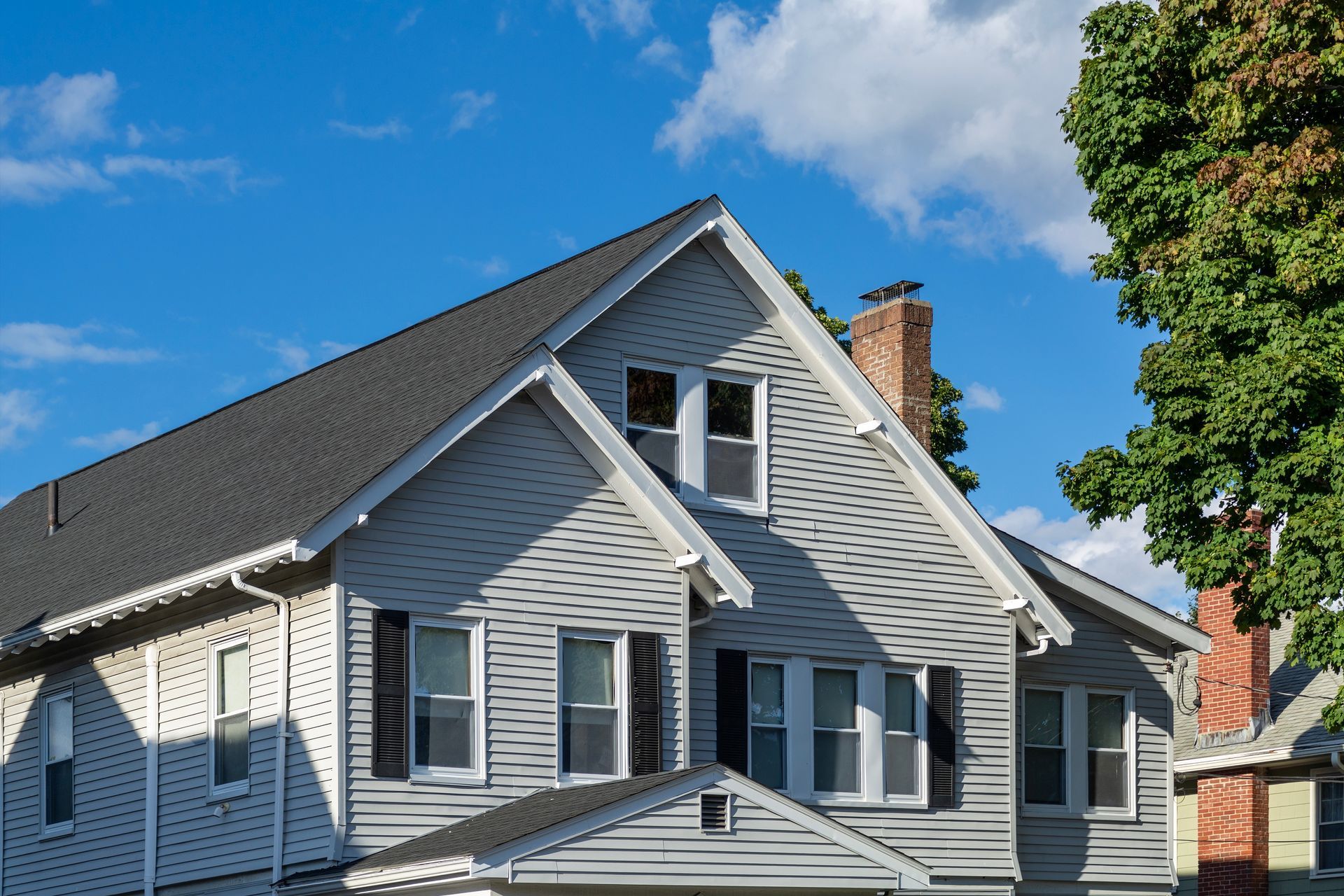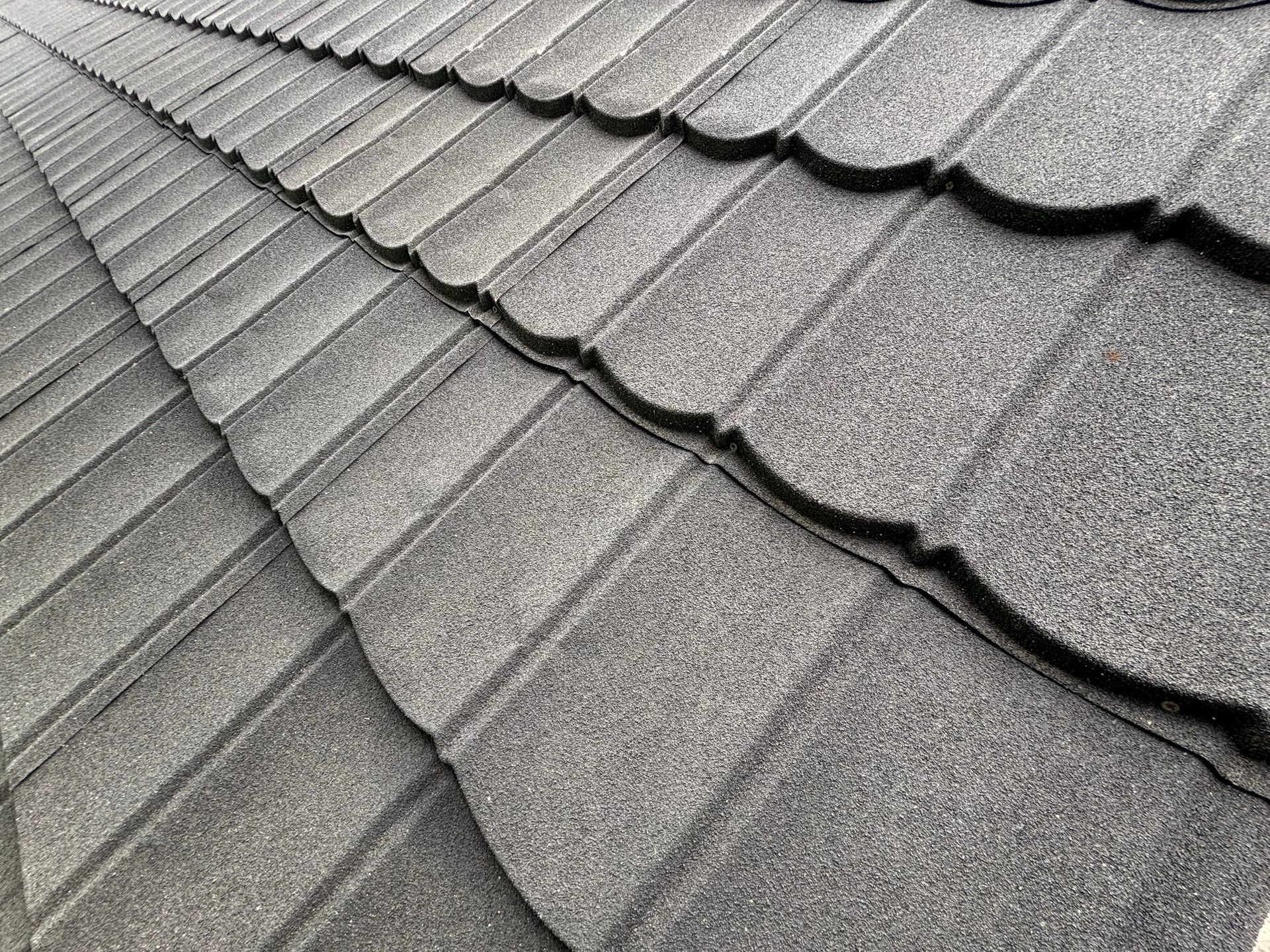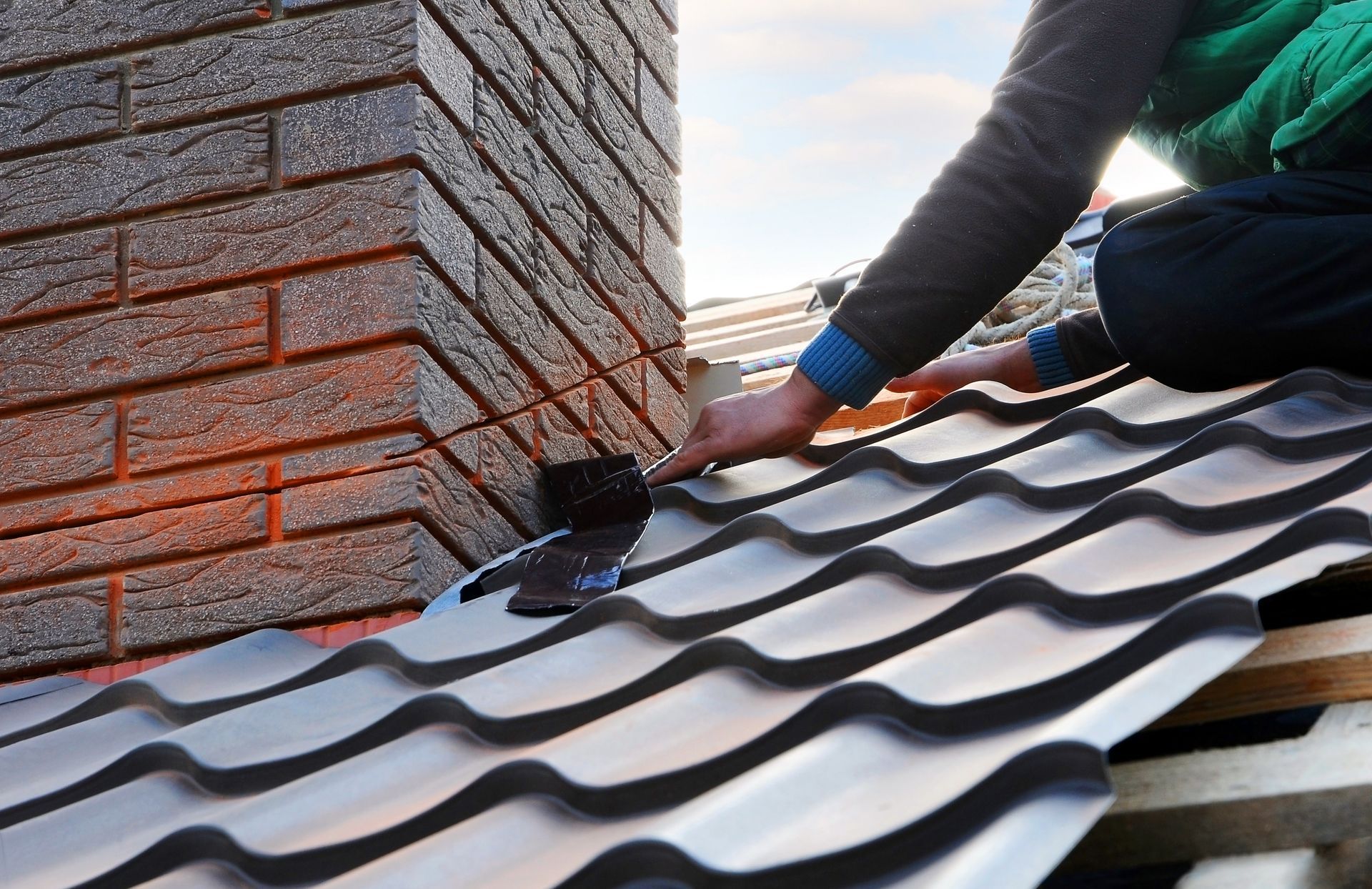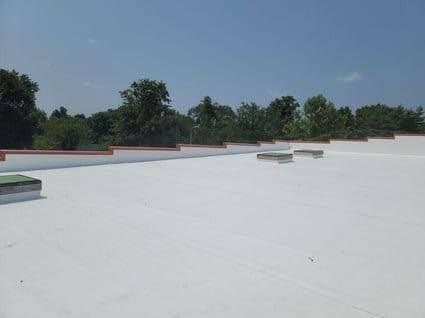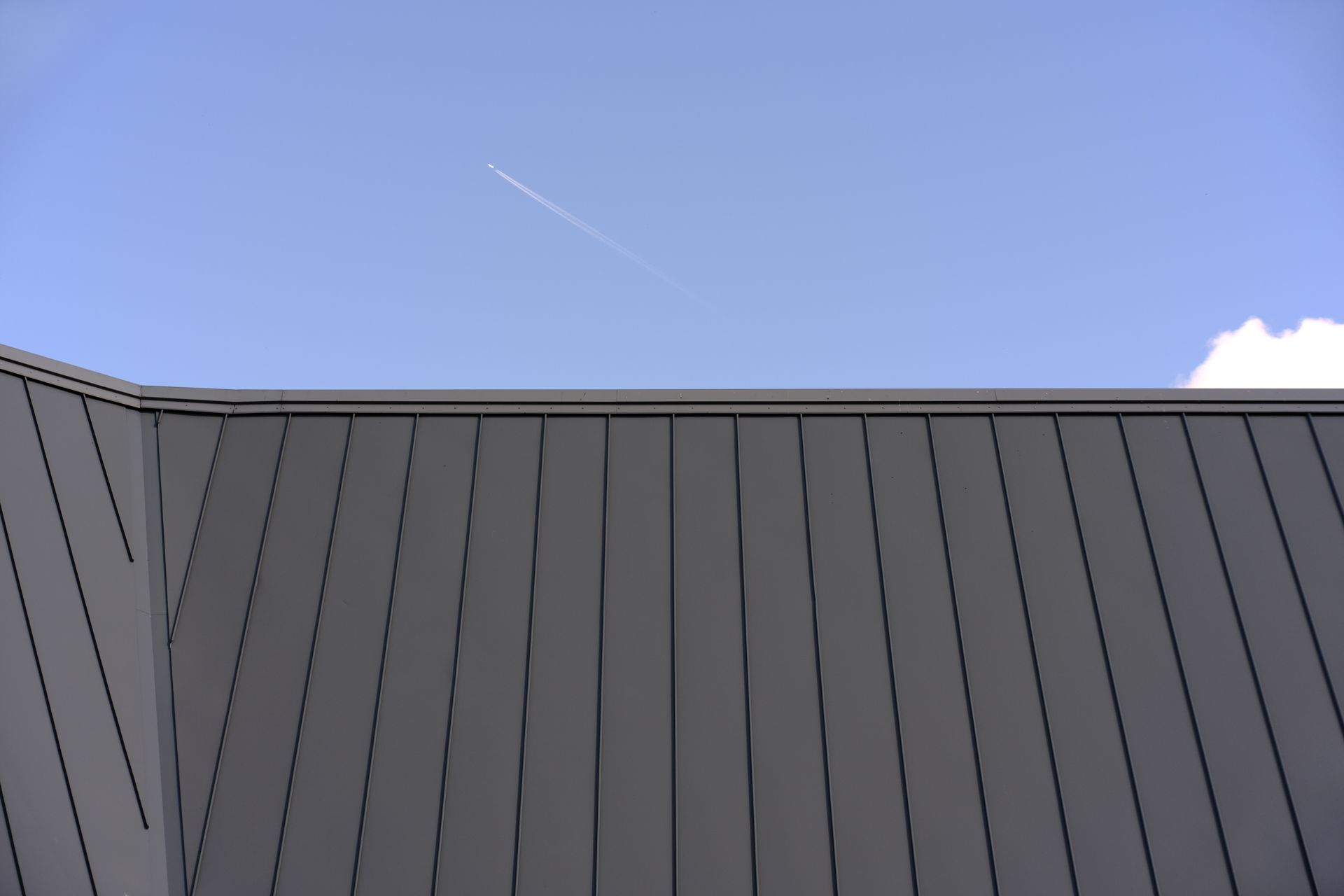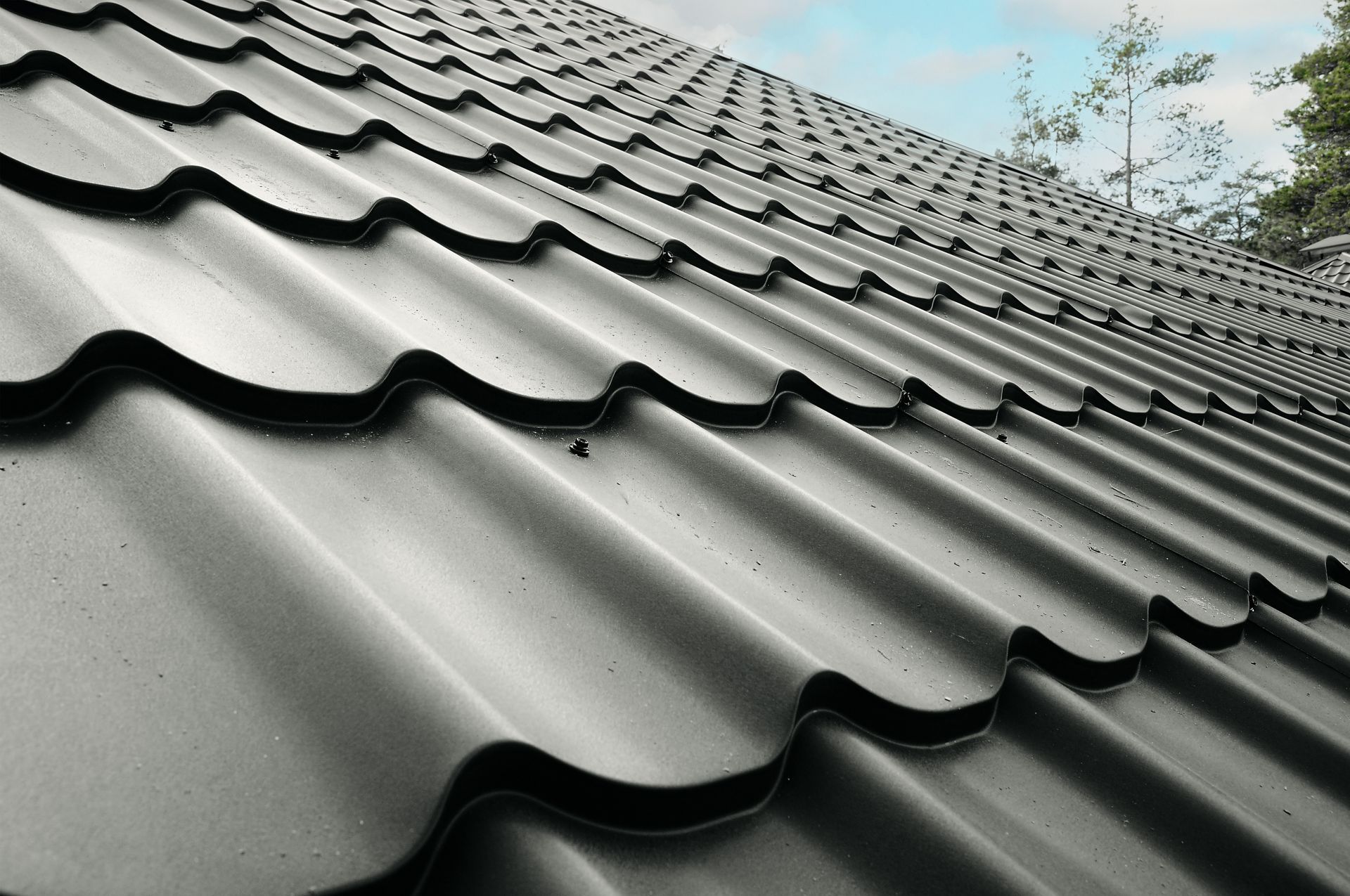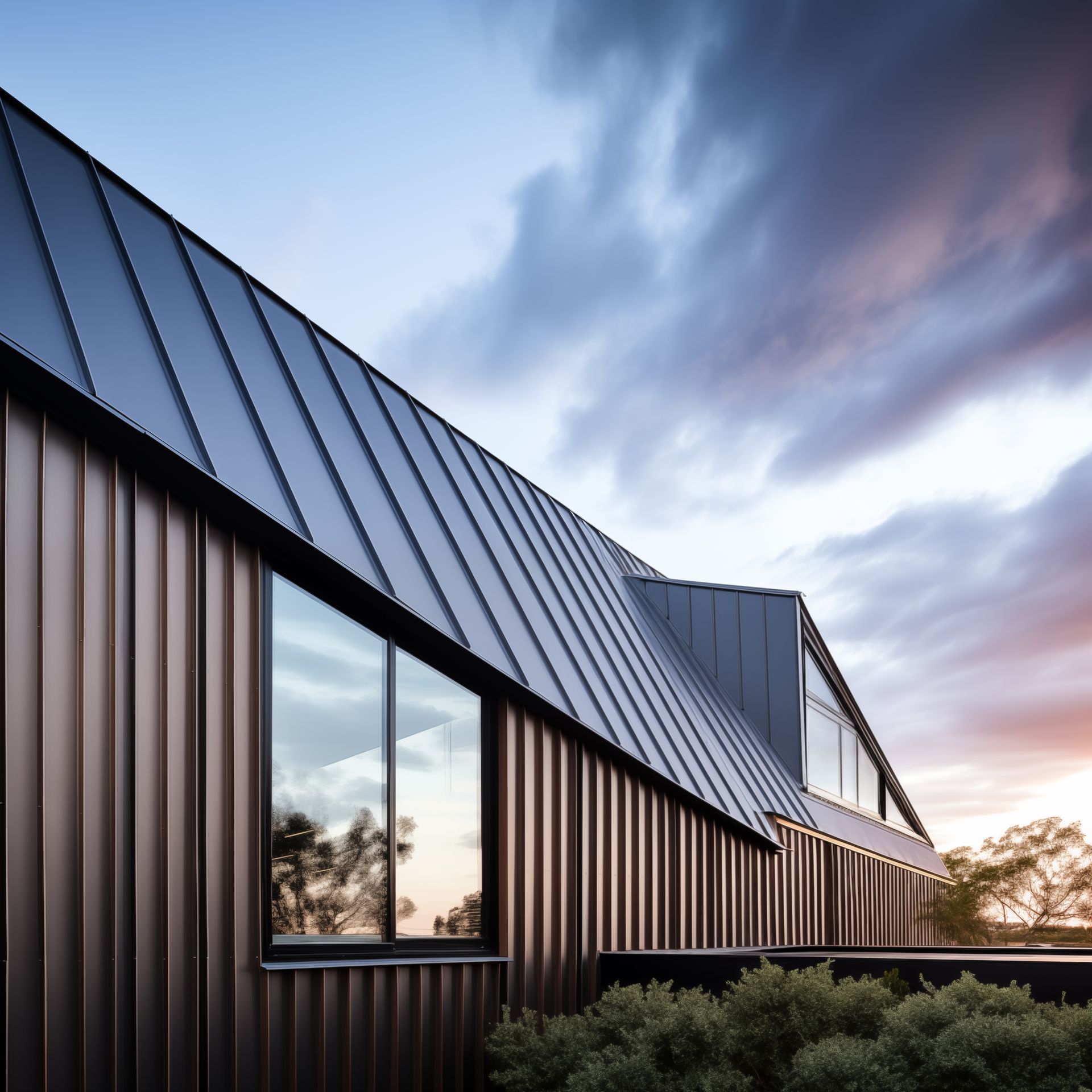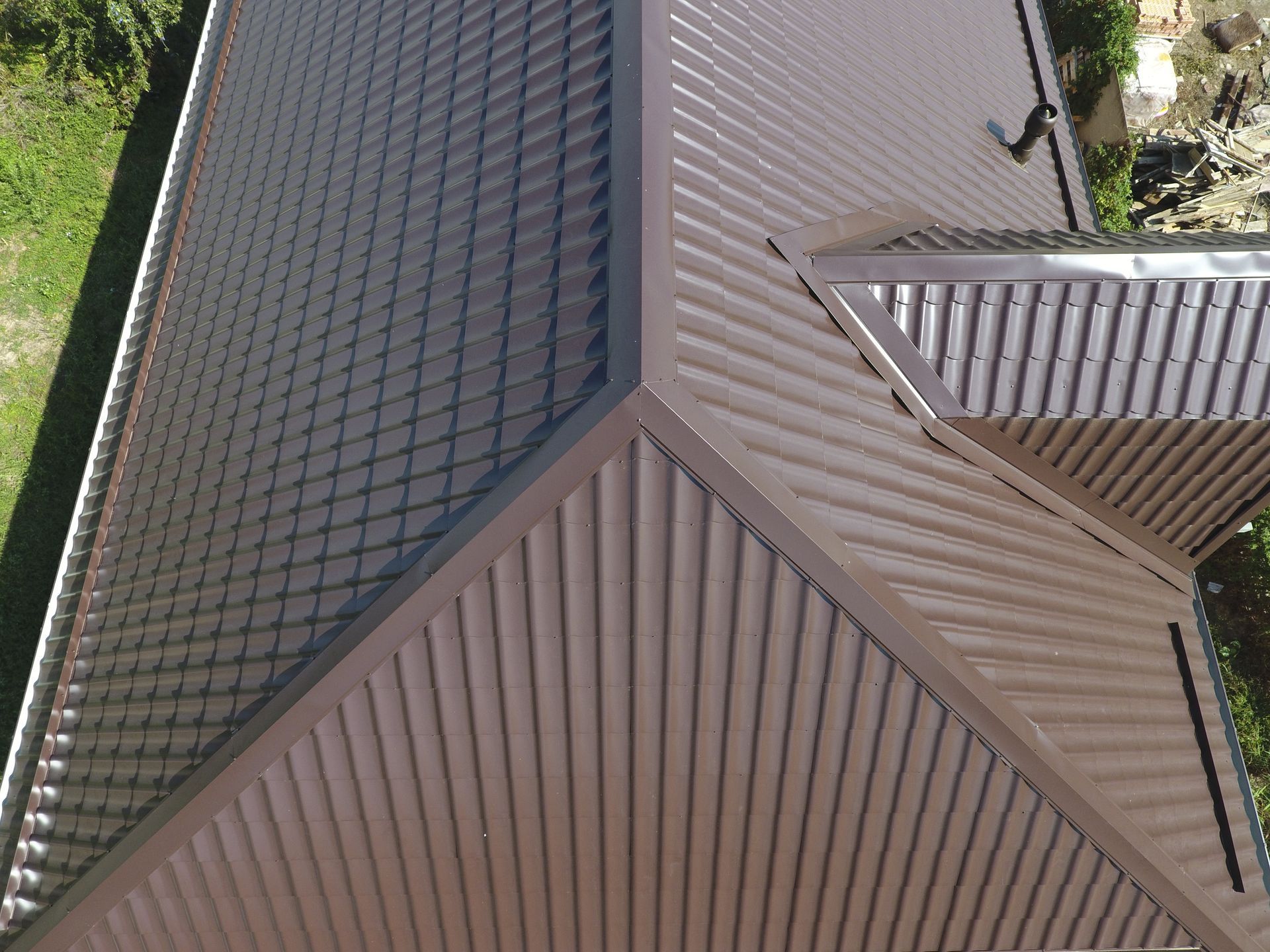Good, Better, and Best Roof Differences in Shingle Underlayment
Here's a breakdown of good, better, and best roof underlayment for shingles, considering factors like durability, water resistance, and ease of installation:
Good
- Basic Protection: Asphalt-saturated felt: This is the traditional option, offering basic protection against water infiltration. It's affordable but less durable than synthetic options and can be susceptible to damage from moisture and UV rays.
Better
- Synthetic underlayment: Made from polypropylene or other synthetic materials, this type is more durable, resistant to moisture and UV damage, and often easier to install than felt. It's a good balance of cost and performance.
Best
- Self-adhering rubberized asphalt underlayment: This premium option provides superior water resistance and protection, especially in critical areas like valleys, hips, and around penetrations. It's more expensive but offers the best overall performance.
Additional Considerations:
- Climate: Consider your local climate. In areas with harsh weather conditions, a more durable underlayment like a synthetic or self-adhering option is recommended.
- Roof pitch: Steeper roofs may require a more robust underlayment to prevent water penetration.
- Building codes:
Check local building codes for specific requirements regarding underlayment type and installation.
Remember:
- The best choice for your home depends on your budget, local climate, and specific needs.
- It's always recommended to consult with a qualified roofing contractor to determine the most suitable option.
Ultimately, the best choice for your roof will depend on your budget, local climate, and specific needs. Consult with a roofing professional to determine the most suitable option for your project.


